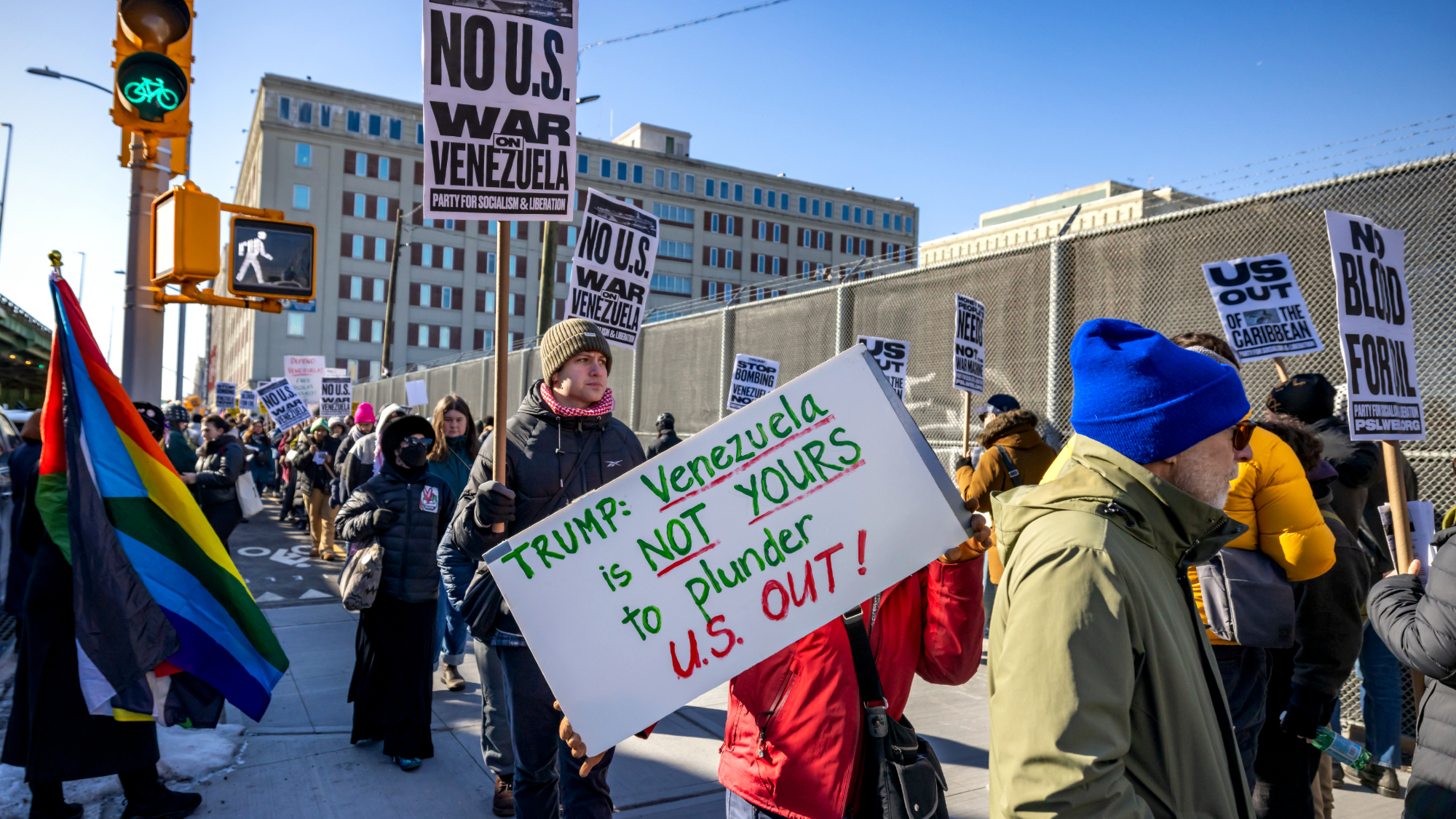Exhibit of the week: Catherine Opie: American Photographer
The Guggenheim Museum is showing a retrospective of the works of Catherine Opie. The 47-year-old photographer seems to be “several artists in one, none of them exactly like the others,” said Holland Cotter in The
Exhibit of the week
Catherine Opie: American Photographer
Guggenheim Museum, New York
The Week
Escape your echo chamber. Get the facts behind the news, plus analysis from multiple perspectives.

Sign up for The Week's Free Newsletters
From our morning news briefing to a weekly Good News Newsletter, get the best of The Week delivered directly to your inbox.
From our morning news briefing to a weekly Good News Newsletter, get the best of The Week delivered directly to your inbox.
Through Jan. 7, 2009
Sometimes it’s hard to believe Catherine Opie’s artworks were all created by the same person, said Holland Cotter in The New York Times. The images in the Guggenheim’s new retrospective show the 47-year-old photographer to be “several artists in one, none of them exactly like the others.” There is Opie the “lesbian feminist mother,” who has a compassionate eye for “drag kings, leather queens,” and other figures marginalized by society. There is Opie the contemplative landscape artist, who captures scenes of frozen lakes, forlorn expressways, and placid beaches with “near abstract subtlety.” There is Opie the still-life miniaturist, lovingly rendering the details of domestic life. The common thread among the three is a preoccupation with community: what binds us together and what keeps us apart.
“Opie is perhaps best known for her formal color-saturated portraits,” said Sara Rose in the Associated Press. She burst onto the scene in the early 1990s with works such as Jerome Caja (1993) and Frankie (1995)—vivid photographs of cross-dressing and transgendered subjects. “Set against rich backgrounds of greens, blues, and yellows, her subjects pop out with velvety skin, gleaming body jewelry, and vivid tattoos.” But increasingly her works have become less confrontational. Two series of landscapes—“Freeways” (1994) and “Mini-malls” (1997)—show scenes largely “stripped of people.” In Opie’s most recent series, “In and Around the Home” (2004), she details the objects within her own house with an almost spiritual intensity. Yet, whatever Opie chooses as a subject, she renders with “an amazing formal vision and an almost unreal clarity.”
Still, something seems to be missing in Opie’s recent works, said Peter Plagens in Newsweek. Perhaps she has followed the all-too-common path of today’s most successful artists. After making a big splash with truly original work, many artists are overcome by a desire to play things safe—altering their style to be “a little more accessible, a little more mainstream,” and thus appeal to collectors. Opie’s early works were, in part, a chronicle of the era’s culturally embattled, AIDS-ravaged homosexual culture. She hasn’t found such a compelling subject since. There’s no doubt Opie has the talent and the eye to be a major artist. The question is “whether she can regain some of the defiant attitude that first brought her to our attention.”
A free daily email with the biggest news stories of the day – and the best features from TheWeek.com


